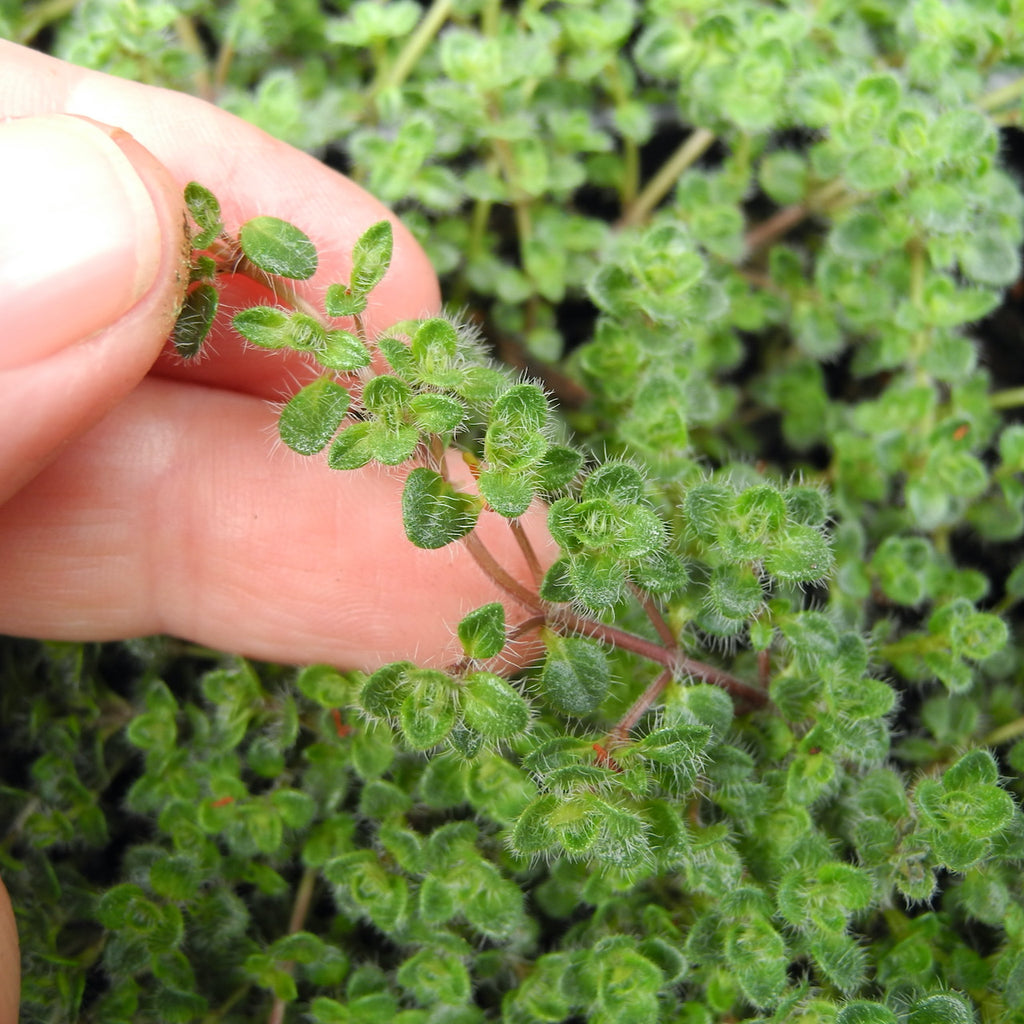
Strip leaves off bottom 2″ of the thyme sprig While it’s certainly more preferable to cut sprigs straight from a plant, sprigs that are purchased are fine as long as they are fresh. If you aren’t currently growing thyme and don’t know of anyone who is willing to share theirs, most grocery stores or farmers’ markets sell packs or bunches of fresh thyme. If you are growing your own thyme, simply cutting off some healthy, non-flowering sprigs of thyme will do - sprigs that are 4-6″ long will be great! You can take cuttings any time throughout the growing season, but the best time is during its active growth season, which is any time between spring and fall. To start, you’ll need some thyme cuttings of course. Here’s a rundown of everything involved with growing thyme from cuttings. If a rooting hormone is used, it could take as long as a year until you can harvest and eat from your new thyme plant. A small pot (around 3″ size will do - and make sure it has good drainage)īefore we get into the specific steps, it should be noted that growing thyme from cuttings is a lengthy process.To grow thyme from cuttings, you’ll need: Let’s dive into how you can grow thyme from cuttings. Some plants are more difficult to propagate than others, but with thyme, a little patience and plant care will result in your very own thyme plant.


Propagating simply means producing a plant that is identical (genetically speaking) to its parent by means of dividing, taking cuttings, etc. Yes, thyme can be grown cuttings, also known as propagating thyme. While growing thyme from seed is certainly an option, growing thyme from cuttings can be an interesting experience and doesn’t even require you to own a thyme plant. Thyme is a great addition to any herb garden, with its green foliage color and the reward of some fresh herb for your kitchen! In PA’s growing zones (where we grow plants), thyme grows great. Like many other herbs, thyme can easily be grown in many growing zones in the United States. It can also be used in other ways in the kitchen, such as paired with other herbs in potato or poultry dishes. Thyme is often used in dishes such as seasoning for sauces or soups. You’ve likely used this herb while cooking before, or at least ate a dish that included thyme.

Gather stems for drying in summer, before the plants bloom. Bees are attracted to pink thyme flowers. NotesĬreeping forms make sturdy ground covers. Our Garden Planner can produce a personalized calendar of when to sow, plant and harvest for your area. Good culinary thyme can be grown from seed, but some creeping forms are propagated only from rooted cuttings or divisions. Start with purchased plants, or start seeds indoors in early spring. Rows: 11" (30cm) with 1' 3" (40cm) row gap (minimum) Sow and Plant Single Plants: 11" (30cm) each way (minimum) Feedingĭrench plants with a water soluble organic plant food one month after setting them out. Any average, well drained soil enriched with compost.


 0 kommentar(er)
0 kommentar(er)
